Now that we are into the year of 2023, we anxiously await the annual count of the overwintering Monarch Butterfly’s population in Mexico.
Historically, the number of hectares of winter habitat is released in February. This area estimate is considered the best way to “measure” a bunch of tightly clumped individuals (see more information here on my last blog Counting Monarchs).
While we await this year’s count, we can look at the best predictions by an expert, Chip Taylor of Monarch Watch.
“The area of the forests with Monarchs this winter is going to be low – probably one of the all-time low numbers – close to, if not below, one hectare.” ~Chip Taylor, Monarch Watch
While there are many variables that affect the population from year to year (drought, heat, precipitation, milkweed cover etc.), Dr. Taylor makes the prediction of one hectare for this year. This is due to areas of severe drought in Kansas, Oklahoma, Texas and Mexico. This weather pattern would affect the amount of nectar available to multi-generations of Monarchs as they migrate northward in the spring.
However, this is not the final factor to determine their success. The availability of nectar and milkweed further north is also important, as Monarchs can lay many eggs.
The breeding range of Canada — considered to be responsible for about 17 per cent of the population — can offer a lot of milkweed and nectar resources, especially in the fall.
These fall resources can fatten the super generation of butterflies up for their return flight to Mexico.
Milkweed = Monarch Butterflies
We know that the area of milkweed is related to the number of Monarch Butterflies overwintering in Mexico (hectares of area). As the amount of milkweed goes up, the resulting winter habitat occupied increases (without considering other factors).
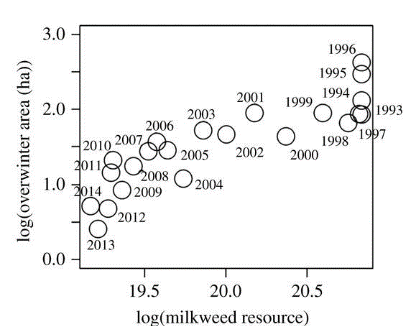
By focusing on roadsides and other rights-of-way, milkweed habitat patches could be increased across the landscape. This is why we at the Canadian Wildlife Federation developed a Rights-of-Way as Habitat program to increase the amount of breeding and nectaring habitat available to Monarch Butterflies and other pollinators.
Assessing Monarch Butterfly Counts Using iNaturalist Canada
Using the estimate of one hectare of overwintering habitat made by Dr. Taylor, we can also look at our iNaturalist Canada data to see how many observations of Monarch Butterfly users are logging as an estimate of summer populations. While you might assume that there is a bias with more people logging an observation in higher densities area, iNaturalist Canada has a handy way of dealing with this.
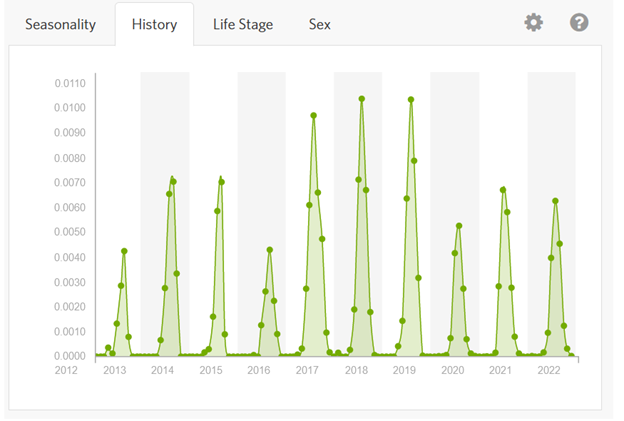
Food for Thought
In the end, we must still await the final count in February. Even if the number is low, all is not lost since we know that if summer habitat recovers the population could recover.
The short message is do all you can to provide milkweed and native flowers all season long in your gardens and schoolyards. Ask your local officials, what they are doing to provide habitat for pollinators on rights of ways and conservation lands.
Learn more about how to Help the Monarchs.
**. If you look at the Taxon info page, you can select an option for data that has been corrected for relative observations. Then a graph will appear that shows the number of observations by person in Canada by month within a given year.

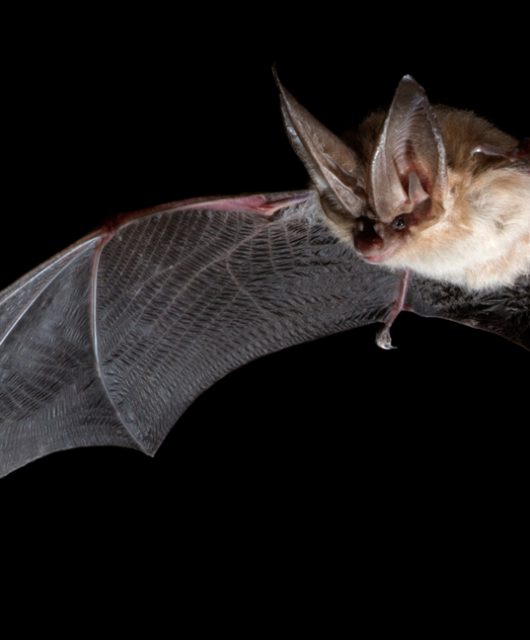
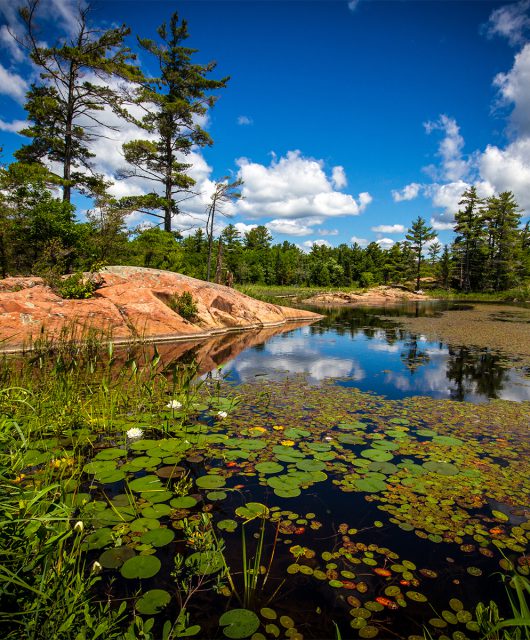
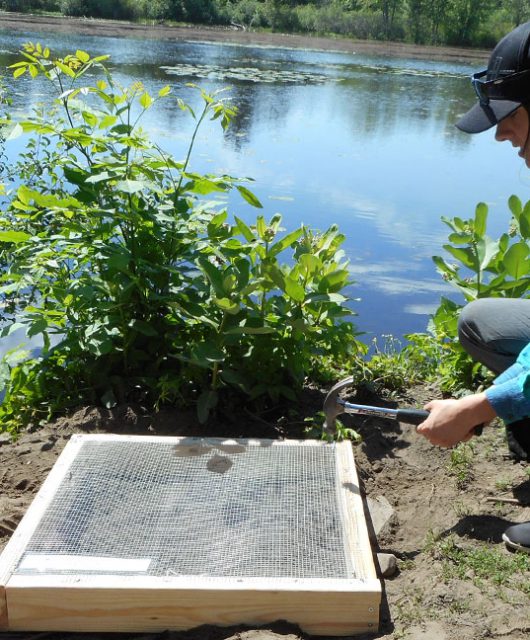
1 comment
update on winter 2022 count 2.21 ha.
https://journeynorth.org/monarchs/resources/article/03212023-monarch-winter-2022-2023-population-numbers-released